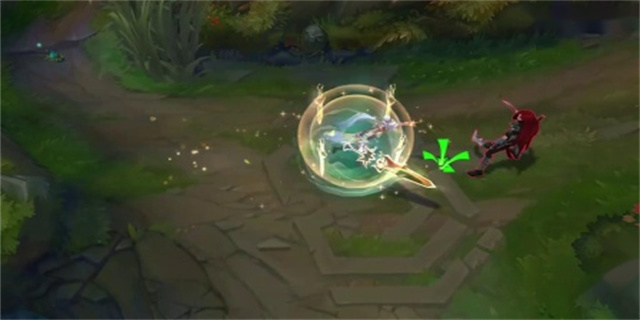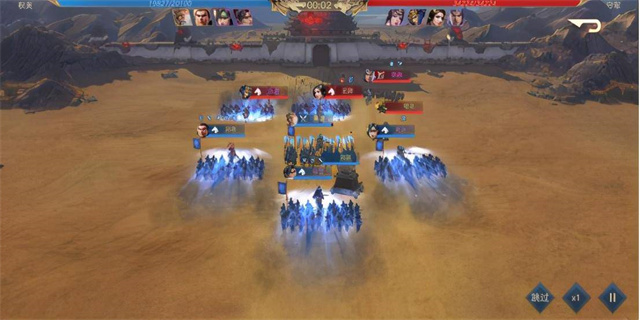Exploring the Power of Runes in League of Legends
Introduction
League of Legends (LoL) is a popular multiplayer online battle arena (MOBA) game that revolves around strategically controlling and dominating the battlefield. One of the key aspects that adds depth and customization to gameplay is the use of runes. In this article, we will dive deep into the world of LoL runes, exploring their significance, different types, and how they can be utilized effectively.
Understanding LoL Runes
Runes in LoL are essentially stat bonuses that players can equip to enhance their champion's capabilities. These bonuses can range from simple stat boosts to more complex effects that directly impact gameplay. There are four primary rune categories that players can choose from:
- Keystone Runes: These are powerful runes that provide substantial bonuses and can significantly alter a champion's playstyle. Each keystone rune has a unique effect and often requires specific conditions to trigger its full potential.
- Major Runes: These runes offer additional stat boosts and minor effects that complement a champion's playstyle. Major runes are divided into three sub-categories: offense, defense, and utility, allowing players to tailor their runes to suit their preferred playstyle.
- Minor Runes: As the name suggests, these runes offer minor stat boosts and effects. While their individual impact may be lower compared to keystone and major runes, they collectively contribute to a champion's overall power.
- Stat Shards: Stat shards allow players to enhance their champion's base stats, such as attack damage, ability power, and movement speed. These runes provide straightforward and immediate benefits but do not offer any additional effects.
Optimizing Rune Choices in LoL
Choosing the right runes is crucial for maximizing a champion's potential on the battlefield. Here are some factors to consider when optimizing your rune choices:

Understanding Champion Playstyle
Before selecting runes, it is essential to understand the playstyle of your chosen champion. Are they primarily an aggressive damage dealer, a defensive tank, or a supportive utility champion? Analyzing their strengths and weaknesses will allow you to make informed decisions regarding which rune categories and specific runes to focus on.
Synergy with Abilities and Items
Runes should complement a champion's abilities and item build. For example, a champion with strong burst damage may benefit from runes that enhance their ability power or cooldown reduction. Likewise, a tanky champion could prioritize runes that provide additional defensive stats and crowd control resistance.

Adapt to the Meta
As the meta continually evolves in LoL, certain runes may become more or less effective. Keeping track of the current meta and understanding which rune choices are popular among professional players can help you optimize your own rune selections.

Experimentation and Adaptability
LoL is a dynamic game, and the effectiveness of runes can vary depending on the situation and opponent team composition. Experimenting with different rune combinations and adapting your choices based on the specific game circumstances can give you a competitive edge.
Conclusion
Runes play a significant role in shaping a champion's abilities and gameplay in League of Legends. By carefully selecting and optimizing rune choices, players can enhance their champion's strengths and mitigate weaknesses. Understanding the different types of runes, their effects, and their synergy with champion abilities and items is vital for success on the battlefield. So, dive into the world of runes, experiment, and pave your path to victory in League of Legends!


















